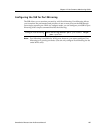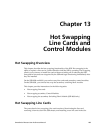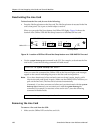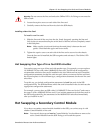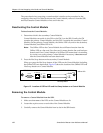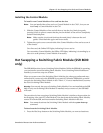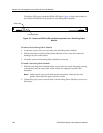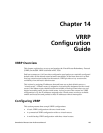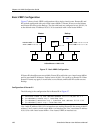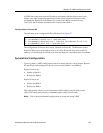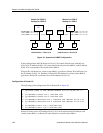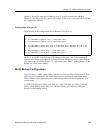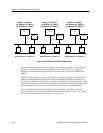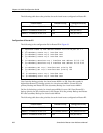
SmartSwitch Router User Reference Manual 195
Chapter 14
VRRP
Configuration
Guide
VRRP Overview
This chapter explains how to set up and monitor the Virtual Router Redundancy Protocol
(VRRP) on the SSR. VRRP is defined in RFC 2338.
End host systems on a LAN are often configured to send packets to a statically configured
default router. If this default router becomes unavailable, all the hosts that use it as their
first hop router become isolated on the network. VRRP provides a way to ensure the
availabilty of an end host’s default router.
This is done by assigning IP addresses that end hosts use as their default route to a
“virtual router.” A Master router is assigned to forward traffic designated for the virtual
router. If the Master router should become unavailable, a Backup router takes over and
begins forwarding traffic for the virtual router. As long as one of the routers in a VRRP
configuration is up, the IP addresses assigned to the virtual router are always available
and the end hosts can send packets to these IP addresses without interruption.
Configuring VRRP
This section presents three sample VRRP configurations:
• A basic VRRP configuration with one virtual router
• A symmetrical VRRP configuration with two virtual routers
• A multi-backup VRRP configuration with three virtual routers



